Core of Intelligent Warehousing丨WCS Functions and Process Analysis
Release Date:
2025-08-04 18:23
Source:

NAEC Intelligent Logistics
In modern intelligent warehousing and logistics systems, the Warehouse Control System (WCS) plays a pivotal role. Acting as the "brain" of the warehouse, it orchestrates various devices and operational workflows to ensure efficient and precise warehouse operations.
WCS, or Warehouse Control System, is positioned between the Warehouse Management System (WMS) and the Programmable Logic Controllers (PLCs) in the three-layer architecture of intelligent warehousing. It serves as a critical middleware that receives operational instructions from the WMS, translates them into executable commands for PLCs, and provides real-time monitoring and feedback on equipment status back to the WMS.
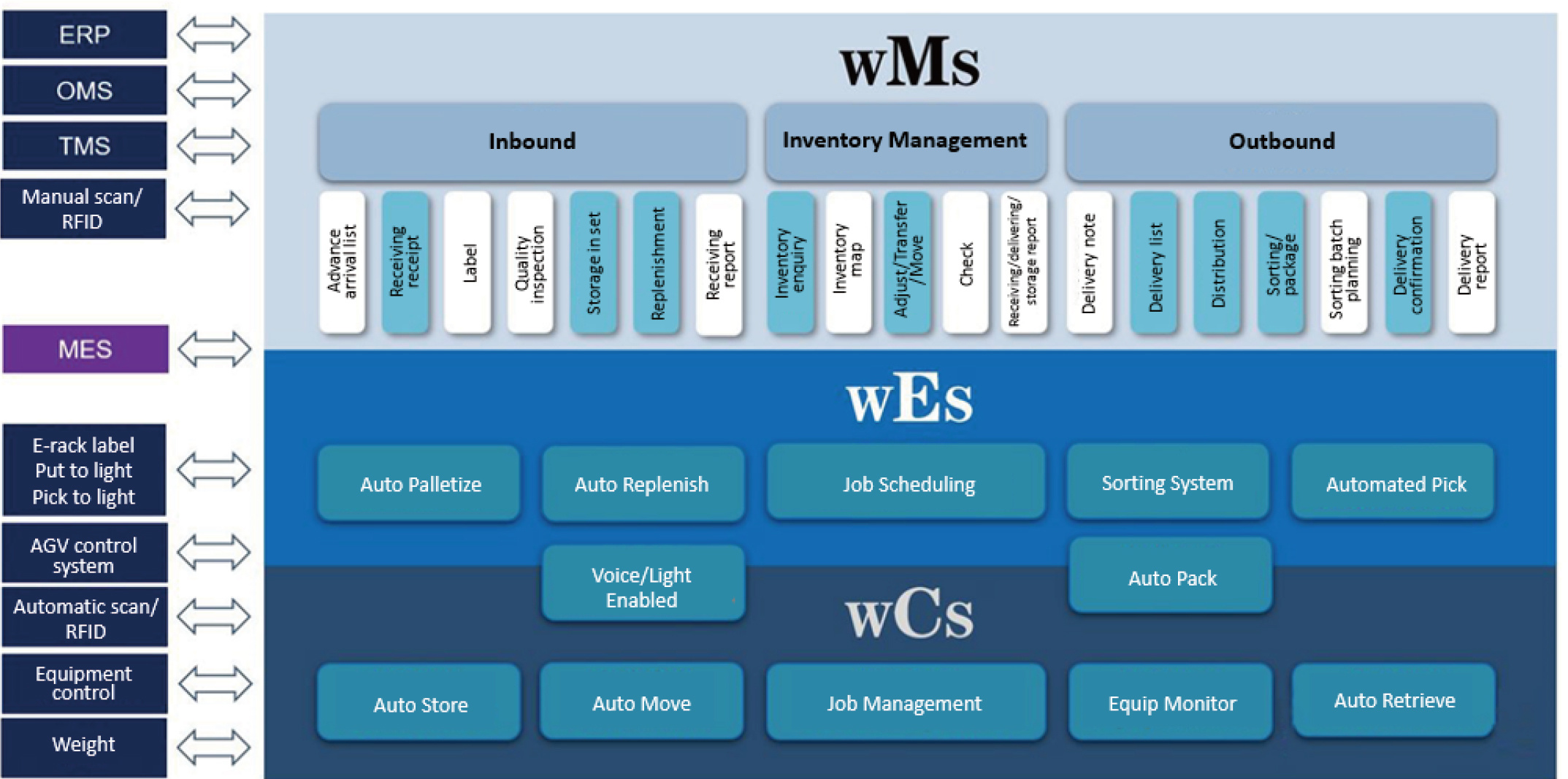
01 Core Functions of WCS
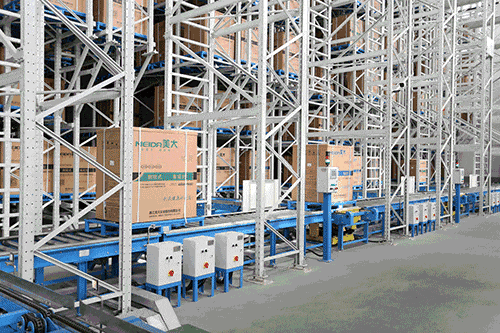
01 Integration with Internal Warehouse Systems
WCS frequently interfaces with major enterprise management software such as WMS and ERP systems. Positioned at the execution layer within the enterprise information flow, WCS obtains instructions from upper-level systems to guide warehouse operations.
02 Seamless Integration with On-Site Automation Equipment
WCS does not interface directly with hardware but communicates through protocols with the PLCs that control physical devices—managing movements such as advancing or retracting.
03 Real-Time Warehouse Monitoring & Equipment Status Feedback
WCS serves as the on-site warehouse monitor, providing accurate visibility into the status, location, alarm conditions, and task execution of all hardware equipment within the AS/RS(Automated Storage and Retrieval System). Its built-in 3D monitoring system offers an intuitive display of warehouse operations to managers.
04 WCS Safety Functions
For unmanned warehouses, safety assurance is paramount alongside operational efficiency. WCS must incorporate comprehensive safety design considerations, including equipment safety, cargo protection, collision avoidance mechanisms, path planning, and overall enhancement of AS/RS safety standards.
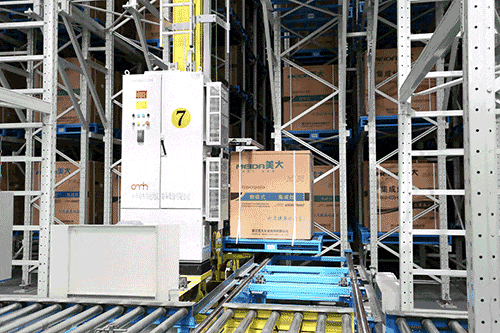
02 Key WCS Processes
Inbound Process
Receive Task:
Receives complete inbound instructions from the WMS, including item types, quantities, specifications, and preassigned storage locations.
Goods Transfer:
Once goods arrive at the receiving area, the conveyor system automatically transports them. During transit, barcode or RFID scanning verifies information. In case of damage or data mismatch, the system diverts the goods to an exception-handling zone.
Execute Operation:
WCS dispatches the optimal stacker crane (based on real-time status like position/load) to retrieve goods from the conveyor and deliver them to the designated location via the most efficient path.
Confirm & Feedback:
Upon successful storage, WCS sends feedback to the WMS, including storage location and timestamp. This allows WMS to update inventory records in real time.
Outbound Process
Receive Task: Receives outbound instructions from the WMS specifying item types, quantities, and designated outbound locations.
Goods Retrieval:WCS dispatches stackers to the appropriate locations based on item codes. The goods are retrieved and transferred to the outbound conveyors.
Sorting and Transport:Goods are moved via conveyors to the sorting area. Based on the WMS instructions, WCS directs sorting equipment (e.g., cross-belt sorters) to channel items to their designated outbound conveyors.
Outbound Confirmation:A second verification is performed at the outbound station. Once confirmed, the goods are released for dispatch, and WCS provides outbound status updates to the WMS for inventory deduction.
Inventory Counting Process
Receive Task: Receives inventory check instructions from the WMS, detailing the scope—whether a full warehouse check or a targeted audit of specific areas or product categories.
Device Scanning:WCS coordinates stackers, AGVs, and other devices to follow an optimized path, reaching each storage location to scan item and location data in real time.
Data Comparison:The collected data is automatically compared with WMS inventory records. Any discrepancies in quantity or classification are flagged, and a detailed variance report is generated.
Result Feedback:The inventory results and discrepancy report are synchronized with the WMS to assist warehouse personnel in verification. After reconciliation, the WMS updates inventory data to ensure record accuracy.
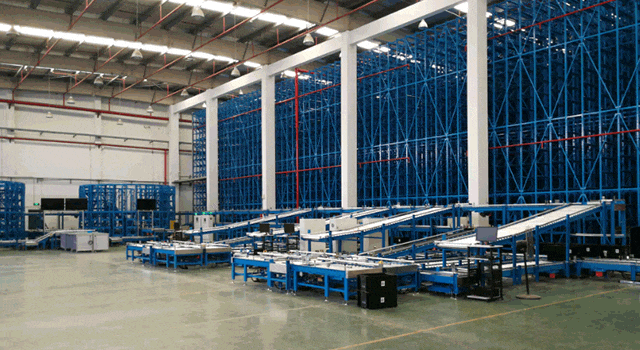
·
03 Applications of WCS Across Various Industries
NAEC
About
E-Commerce Industry
In large-scale e-commerce warehouses, where order volumes fluctuate heavily, WCS enables rapid response to dynamic inbound and outbound tasks. Through efficient equipment scheduling and task assignment, it ensures fast sorting and fulfillment, boosting customer satisfaction.
NAEC
About
Pharmaceutical Industry
Pharmaceutical warehouses demand strict environmental control and inventory accuracy. WCS not only manages parameters such as temperature and humidity but also ensures FIFO compliance and precise batch control. Integrated with traceability systems, it ensures full lifecycle tracking of pharmaceutical products.
NAEC
About
Manufacturing Industry
In raw material and finished goods warehouses of manufacturing enterprises, WCS is tightly integrated with production management systems. It delivers raw materials to production lines according to schedules and efficiently stores finished products. For instance, in automotive manufacturing, WCS can coordinate AGVs to deliver components accurately to assembly lines, enhancing productivity and reducing operational costs.
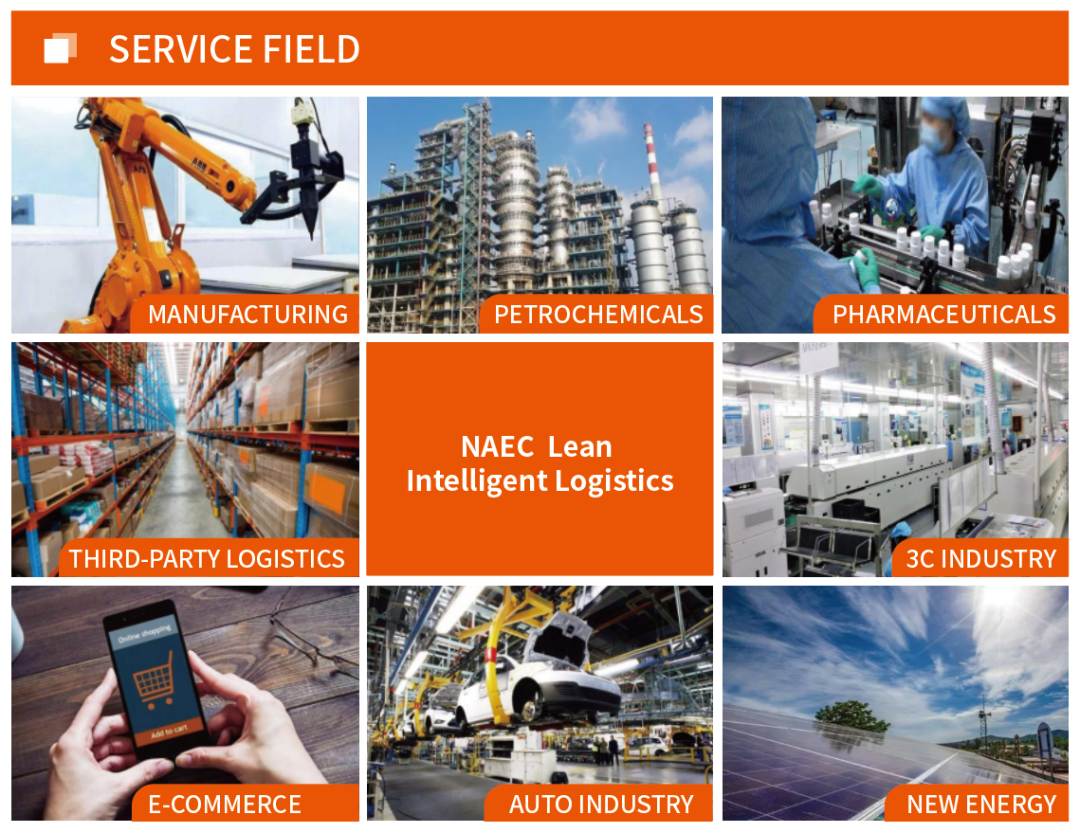
As the invisible nerve center of modern intelligent warehousing, the efficient operation of WCS directly determines the efficiency and reliability of logistics. Auto Intelligence Logistics' automated warehousing systems have been deployed across manufacturing, petrochemicals, 3C electronics, and numerous other industries. We provide professional logistics services through reliable operational systems, scientific resource integration, and advanced management technologies.
Related News
In the realm of industrial machinery, efficiency and precision are paramount. Integrated cutting and beveling machines have emerged as pivotal tools, combining multiple functions into a single device that caters to diverse cutting and beveling needs. These machines are designed to streamline processes, reduce labor costs, and improve the quality of finished products. One of the primary advantages
Email: info@autowelds.com
Address: 11th floor, Building B4, Jiulong Lake International Enterprise Headquarters Park, No. 19 Suyuan Avenue, Jiangning District, Nanjing City, Jiangsu Province
aote

Auto Group Official Account

Auto Group Video Account
COOKIES
Our website uses cookies and similar technologies to personalize the advertising shown to you and to help you get the best experience on our website. For more information, see our Privacy & Cookie Policy
COOKIES
Our website uses cookies and similar technologies to personalize the advertising shown to you and to help you get the best experience on our website. For more information, see our Privacy & Cookie Policy
These cookies are necessary for basic functions such as payment. Standard cookies cannot be turned off and do not store any of your information.
These cookies collect information, such as how many people are using our site or which pages are popular, to help us improve the customer experience. Turning these cookies off will mean we can't collect information to improve your experience.
These cookies enable the website to provide enhanced functionality and personalization. They may be set by us or by third-party providers whose services we have added to our pages. If you do not allow these cookies, some or all of these services may not function properly.
These cookies help us understand what you are interested in so that we can show you relevant advertising on other websites. Turning these cookies off will mean we are unable to show you any personalized advertising.








